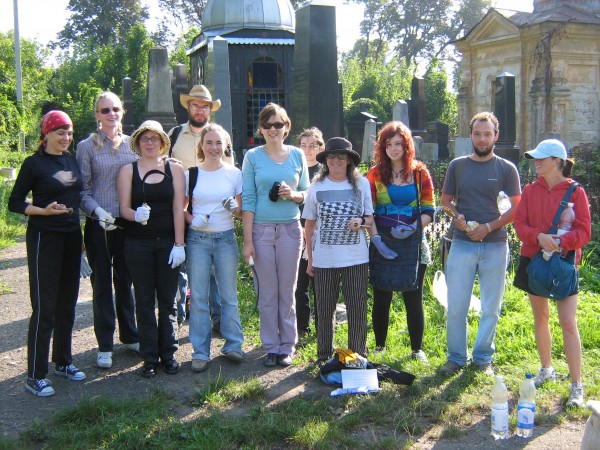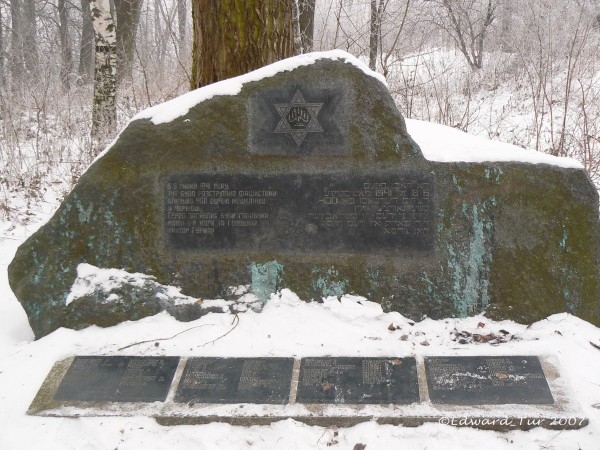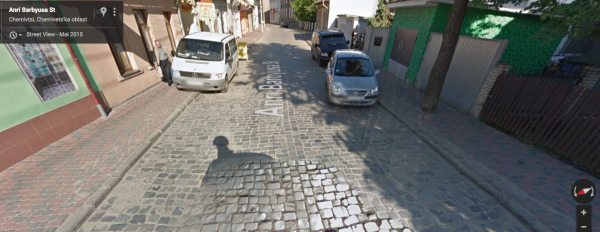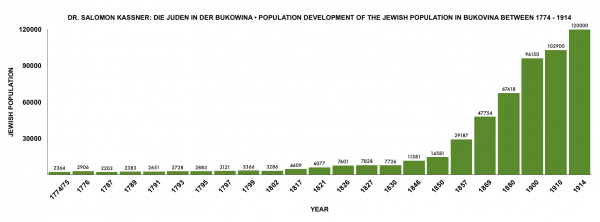On behalf of Joanna Liss: “This is a photo of the original group that worked in the cemetery in 2008, organized by Mimi Taylor and Christian Hermann. I’m the one in the black and white Escher t-shirt. The reason I am posting it now is because a few days ago I met up with Clare Fester, the redheaded woman next to me, in Boston. We hadn’t seen each other since the project. Clare is Australian. She became interested in learning Yiddish after we had the wonderful opportunity to attend a part of the Yiddish conference in Czernowitz while we were there. It was on the 100th anniversary of the original Czernowitz Yiddish conference in 1908.
Since then, Clare has become proficient in Yiddish, created her own major in Yiddish studies, has studied in Belarus and Lithuania, and also at the Yiddish Book Center in Massachusetts. She works for a Jewish organization that organizes Yiddish culture trips. She was in Boston attending a Jewish culture conference (and then meeting her mom and sister in New York, where they plan to visit Ellis Island, see Fiddler on the Roof, etc.).
What makes this all the more remarkable is that Clare isn’t Jewish, nor were any of the other participants in the group, other than me. One of the other group members, Katharina from Germany, wound up doing her thesis on Czernowitz. Another, Sophie from France, has worked for the UN. I am proud to have been a part of this remarkable and diverse group, and so glad that the cemetery project continues on.”




















